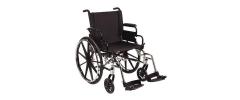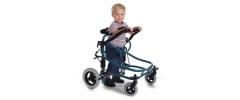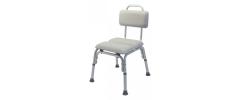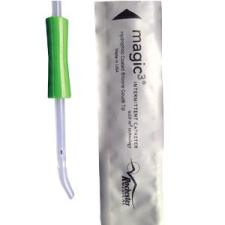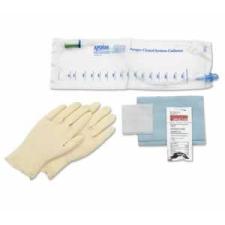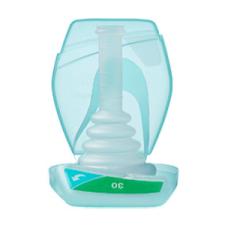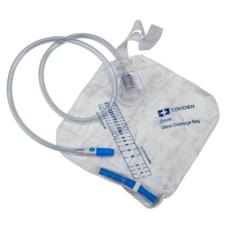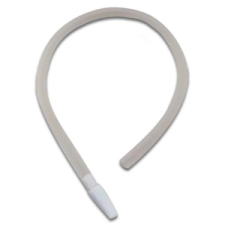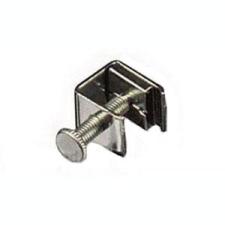Urinary Catheters & Kits
The freedom and self-confidence to enjoy an active social life are sometimes denied to those who experience the worry and embarrassment of involuntary urine loss. If you suffer from urinary incontinence, you are not alone. Millions of people in the United States experience some form of urinary leakage.
There are several methods of managing and treating incontinence any of which can provide you the comfort, security, and freedom to live life again with dignity and peace of mind. Incontinence is not just a physical condition. Often the emotional and psychological impact can inhibit professional and social activities, preventing one from living an active, normal, full life. Fortunately, most cases of urinary incontinence can be effectively managed.
For about 80% of people who experience urinary incontinence, the situation can be treated successfully or improved. Because incontinence is a symptom and not a disease, the method of treatment that's right for you will depend on your diagnosis. Sometimes, simple changes in diet or the elimination of medications such as diuretics can cure incontinence. Most frequently, treatment involves a combination of medicine, behavioral modifications, pelvic muscle re-education, collection device, absorbent products or surgery. After considering your specific case, your doctor will recommend the treatment that is appropriate for you. Your doctor may prescribe medications to help control your incontinence, or perhaps discontinue a drug that is causing or contributing to incontinence. He or she may recommend that you use some form of daily management device.
Male Catheters
External Catheters
The male external catheter system is a convenient, clean and comfortable method for dealing with a problem that has probably caused you physical, social, and psychological distress. The system consists of a male external catheter (or condom catheter) and a urine collection bag. The condom catheter is a soft sheath that rolls onto the penis just like a regular condom, except it has a specially-designed funnel end that connects to a drain tube and into a urine collection bag.
With some preparation, your system will become as much a part of your daily routine as brushing your teeth. To get started, you'll need to choose the type and size of external catheter and leg bag that is best suited to your own anatomy and lifestyle. Then learn the proper method of putting on, connecting, and removing the system, along with how to care for yourself and your system.
Intermittent Catheters
Intermittent catheterization is the periodic insertion of a hollow plastic tube into the urethra, past the sphincter muscle, and into the bladder. Because the catheter is hollow, urine will flow through it and the bladder will empty. Self-catheterization must be done at regular intervals, and is most effective when done on a set schedule each day. Intermittent catheterization prevents the bladder from becoming overfilled and losing its muscle tone. When the bladder is distended
Female Catheters
Intermittent Catheters
Intermittent catheterization is the periodic insertion of a hollow plastic tube into the urethra, past the sphincter muscle, and into the bladder. Because the catheter is hollow, urine will flow through it and the bladder will empty. Self-catheterization must be done at regular intervals, and is most effective when done on a set schedule each day.
Intermittent catheterization prevents the bladder from becoming overfilled and losing its muscle tone. When the bladder is distended or overfilled, self-catheterization keeps the bladder from leaking. It also eliminates residual urine that remains when the bladder doesn't empty completely. Residual urine can allow bacteria to grow and multiply, sometimes leading to bladder infections. Additionally, by completely emptying the bladder, self-catheterization reduces the number of wetting accidents, freeing you for a more active, confident, and healthy lifestyle.
For more information about self-catheterization in general, contact your physician.
 Southwest Medical
Southwest Medical
